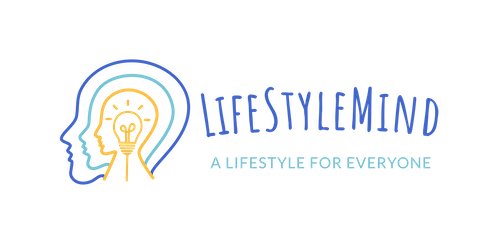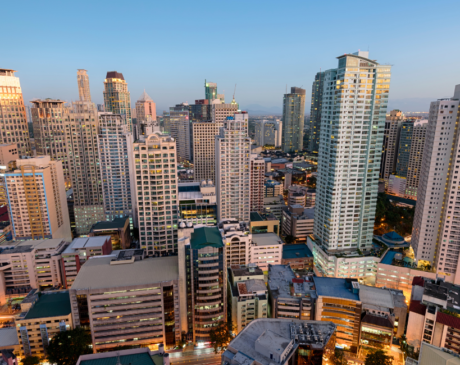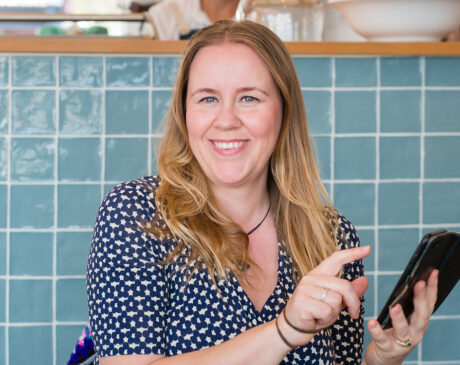Michelle Vale: Embracing Slow Life and Sustainable Lifestyle
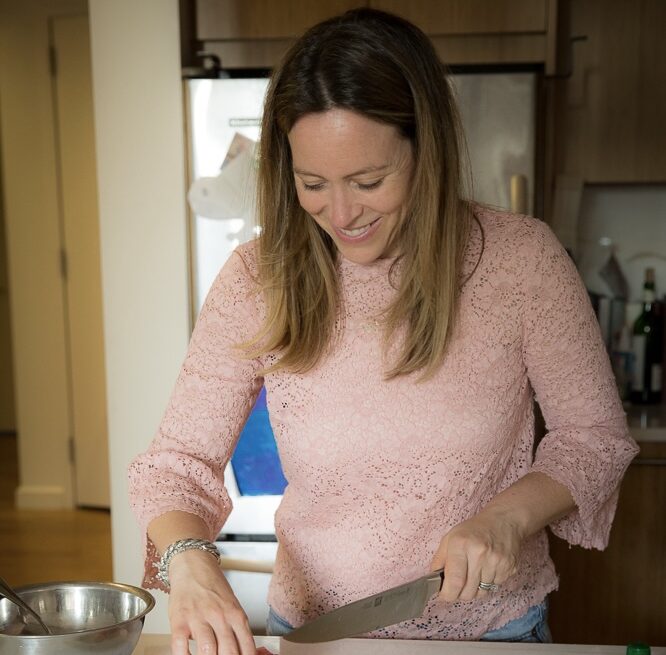
In today’s world, the importance of sustainability has become more pressing than ever. We had the pleasure of chatting with Michelle Vale, an advocate for eco-sustainable living, to discuss her journey toward a slow life and greener lifestyle.
Michelle shares valuable insights on renovating green friendly homes and making mindful choices that positively impact the environment.
Her dedication to reducing waste and promoting sustainable products is inspiring for anyone looking to make a difference in their own lives and communities.
Michele Vale’s interview
Hi Michelle, it’s a pleasure to get to know you! First of all, tell us a little bit about yourself!
I have a master’s degree in counseling, but when I finished my degree, I had a change in life events and decided to go in the opposite direction. I was living in New York City, got married, and became pregnant within two months of being married.
I instantly fell in love with my son when he was born, and I wanted to stay with him as much as possible, so I started a fashion company. Then I had a second child and started a second fashion brand.
With a master’s in counseling, I am obviously aligned with the philosophy of the mind-body-soul connection. I started eating organic food in my early 20s, over 25 years ago. I made my son’s baby food as soon as he could eat and fed him organic food, then my daughter as well.
We lived in the most eco-friendly neighborhood in New York City, and my kids went to the first green school in the city. I eventually launched a fashion business and had great success with it. I was a strong advocate for locally made products, and I gradually evolved into using sustainable and eco-friendly materials.
However, this was around 2015, when sustainable fashion was still a very new and innovative idea. Even though I was working in a sustainable way, I felt the waste generated by my line was a big problem. I also had people constantly trying to convince me to move production to China. This didn’t sit right with me.
I felt morally obligated to do the right thing for the environment for the sake of my kids. I ended up filming a documentary about American Made fashion, and it was during this time that I met Arianna Huffington, who invited me to start writing as a contributor for The Huffington Post.
I began freelance writing, focusing on locally made and sustainable products. Now I have my own website for people who are looking to live a more sustainable life. The platform is a resource for people who are interested in learning about products and ideas that are better for the planet.
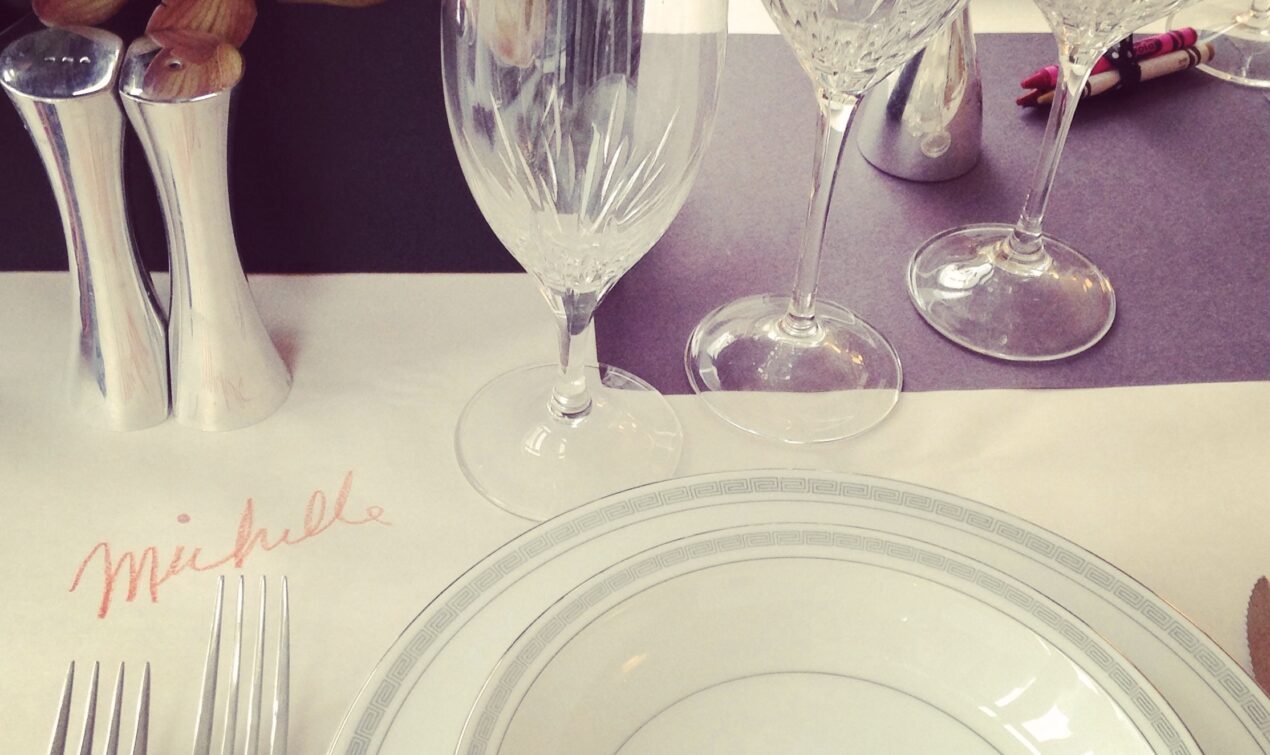
What inspired you to focus on eco-friendly houses and the slow life?
My whole life philosophy is to eat clean and live green as much as possible. I believe in balance, and I follow the 80/20 rule.
I believe in action, not perfection. I think it’s hard to get people on board with living a more eco-friendly life because they feel pressured to be perfect, and they fear judgment if they don’t commit fully. “Green with Living” is all about welcoming people into the idea of sustainability and making them feel that even small steps are making a difference.
What are the key features that truly make a house eco-sustainable?
We lived in New York City for most of my kids’ lives. Last year, we decided to buy a house just outside the city to be closer to nature. We bought a house built in the 1890s and committed to renovating it as sustainably as possible.
I wouldn’t say there are specific features, but more of a mentality. When doing renovations, I always think about what can be reused, and I’m aware that sometimes replacing something with a more eco-friendly option isn’t really green because the old item ends up in a landfill.
You also have to consider budget because some eco-friendly options are very expensive, and it’s not realistic to promote ideas that people can’t afford. I try to work with what I have and choose sustainable products when possible.
We have an indoor composter called Lomi, which is actually the only appliance in our house that is carbon negative. By using this, you’re actually reducing your carbon footprint, even though it’s plugged into the wall.
We’re always mindful about using leftovers and freezing things, but whatever doesn’t get used goes into the indoor composter, which turns food waste into fertilizer that we use in our garden.
What are the most sustainable and innovative materials you use in building eco-friendly homes?
Cedar is one of the most sustainable building materials. We recently renovated our deck using all cedar. We even customized the outdoor kitchen. We worked with the Western Red Cedar Lumber Association to understand the material and use it in the best possible way.
We went to a stone yard and bought remnants for another project that were left over and headed for a landfill. The counters are made of soapstone, which is also a very eco-friendly material. We also redid some of the floors inside the house, as they couldn’t be sanded anymore.
We used North American white oak and stained it with Rubio Monocoat Oil Plus 2C, which is an extremely eco-friendly stain with zero VOCs.
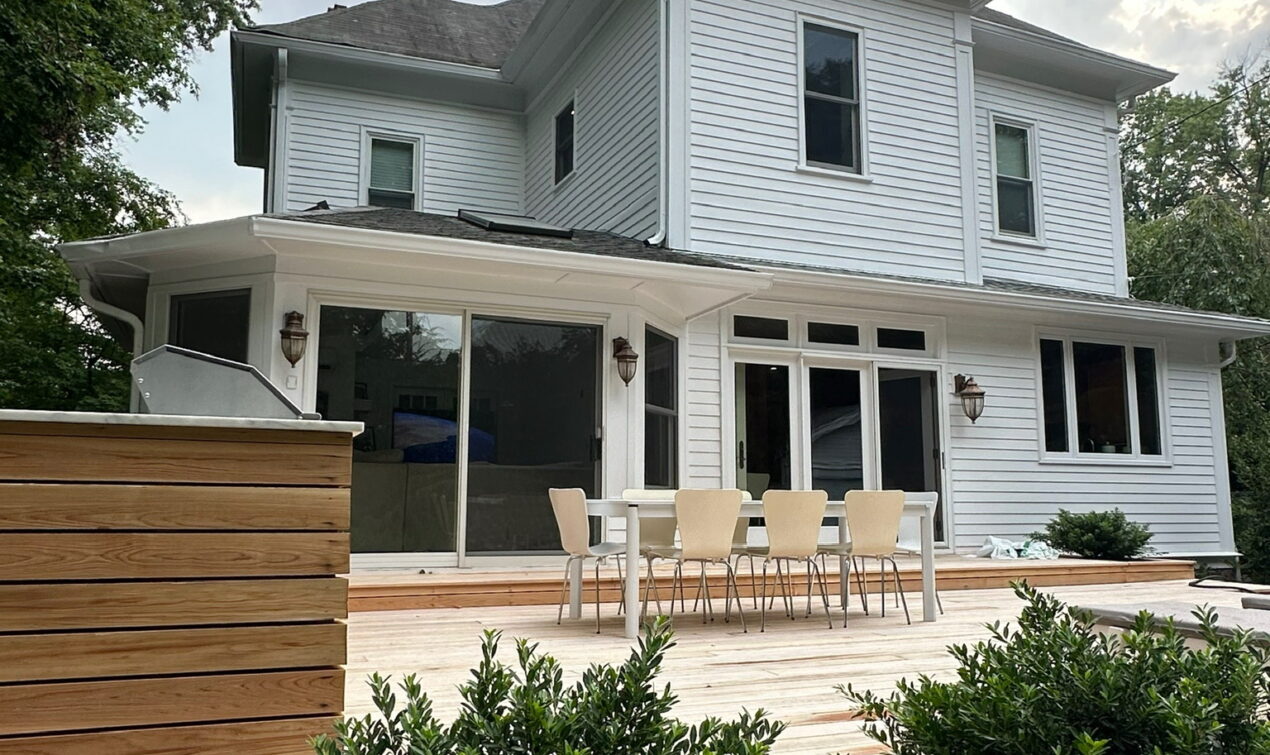
How does the concept of slow living fit with eco-friendly housing?
It’s about delaying gratification. We’ve been decorating with a lot of antiques and second-hand furnishings, which takes time!
What are the economic and environmental benefits of living in an eco-sustainable house?
We’re saving money by purchasing second-hand furniture and materials. We also do a lot of DIY projects, which translates to dollars saved!
What does living a “slow life” mean to you, and what benefits have you noticed from adopting this lifestyle?
Living a slow life means being mindful of every purchase you make. Really considering if it’s a need or a want, and knowing it’s okay to want something every once in a while.
The benefits I’ve noticed from adopting this lifestyle are an awareness that you really don’t need much to live. Purchases don’t have an impact on happiness.
We’ve lived in many places over the years, and my kids still say their happiest moments were in the least fancy house we lived in. It was during COVID, and we were in a rental in Toronto with barely any furniture.
We’ve lived in New York City, Miami, London, and Toronto, but that rental holds a special place in our hearts!
What eco-sustainable issues do you care most about, and what campaigns have you supported, or would like to support, to raise awareness?
I’m definitely passionate about reducing plastic use and food waste.
What advice would you give to someone who wants to start living more slowly and sustainably?
- Ask yourself if you need something or just want it, and sleep on it. If you absolutely need it, consider sustainable alternatives. If it’s just a want, you can still consider a sustainable option.
- Cut down on food waste by using leftovers or freezing them. Consider getting an indoor composter like Lomi.
- Research products before you buy them and try to support businesses that are doing better for the planet whenever possible. Some of these products are more expensive, but you can offset the cost by also buying secondhand and vintage items.
- Thrifting is a great way to buy clothes, and you can find some really nice things if you know where to go. 2nd Street has almost 40 locations across the U.S. Housing Works in the New York metro area is great for secondhand furniture.
Thank You, Michelle!
We want to extend a heartfelt thank you to Michelle Vale for sharing her insights and experiences with us. Her dedication to slow life and promoting eco-friendly practices is truly inspiring.
Be sure to follow Michelle on Instagram at @greenwithliving and visit her website at www.greenwithliving.com to learn more about her journey and the resources available for living a greener life.
